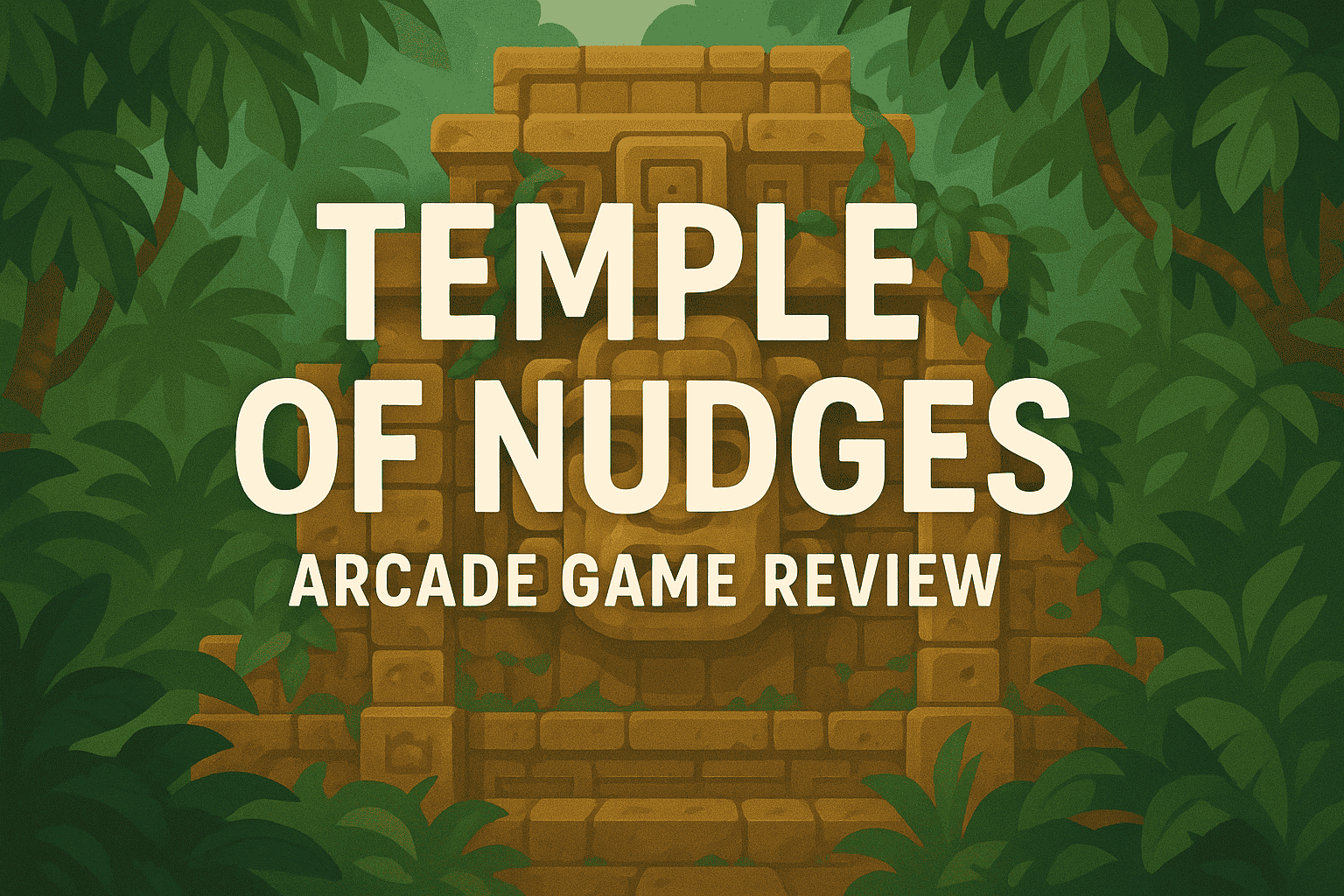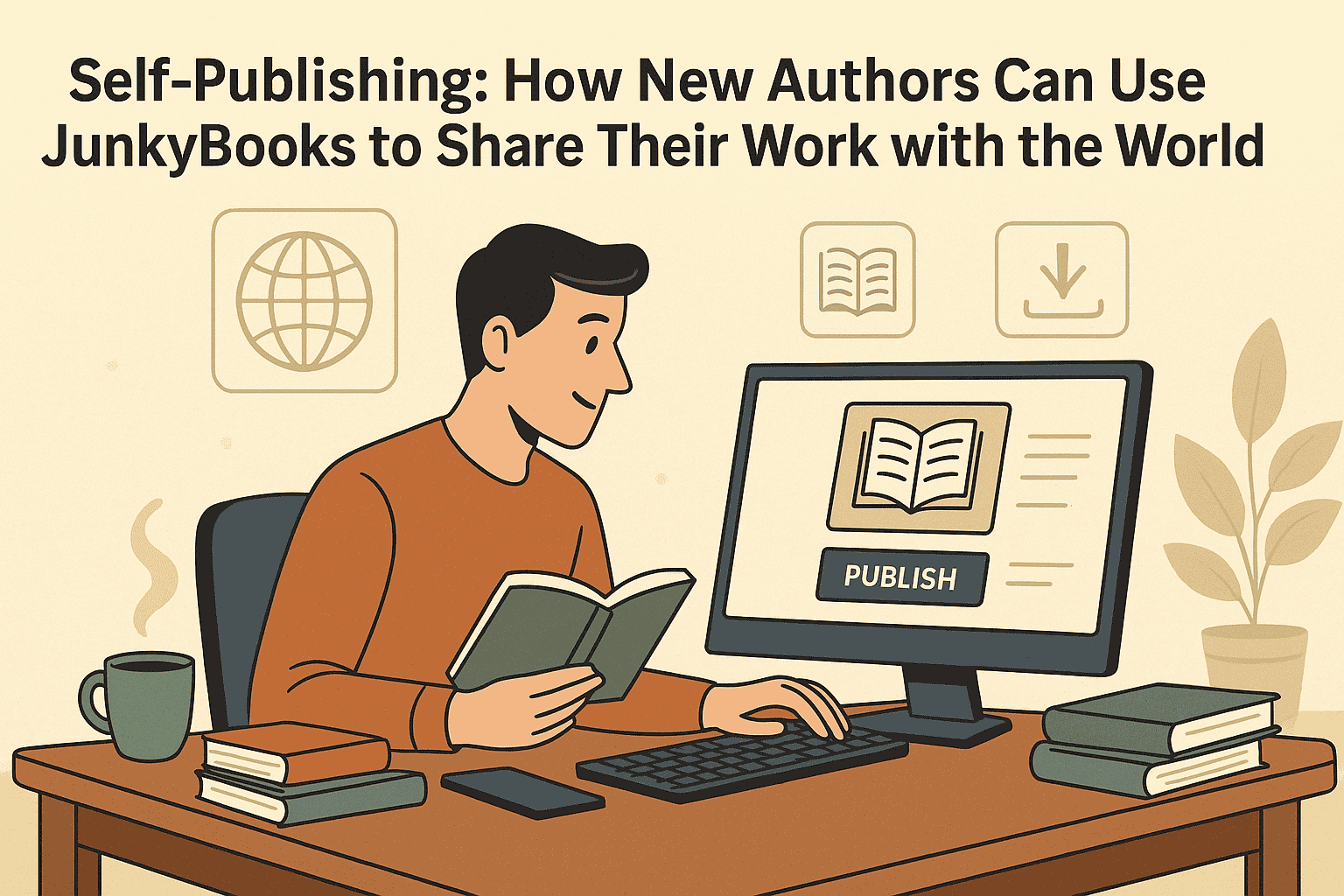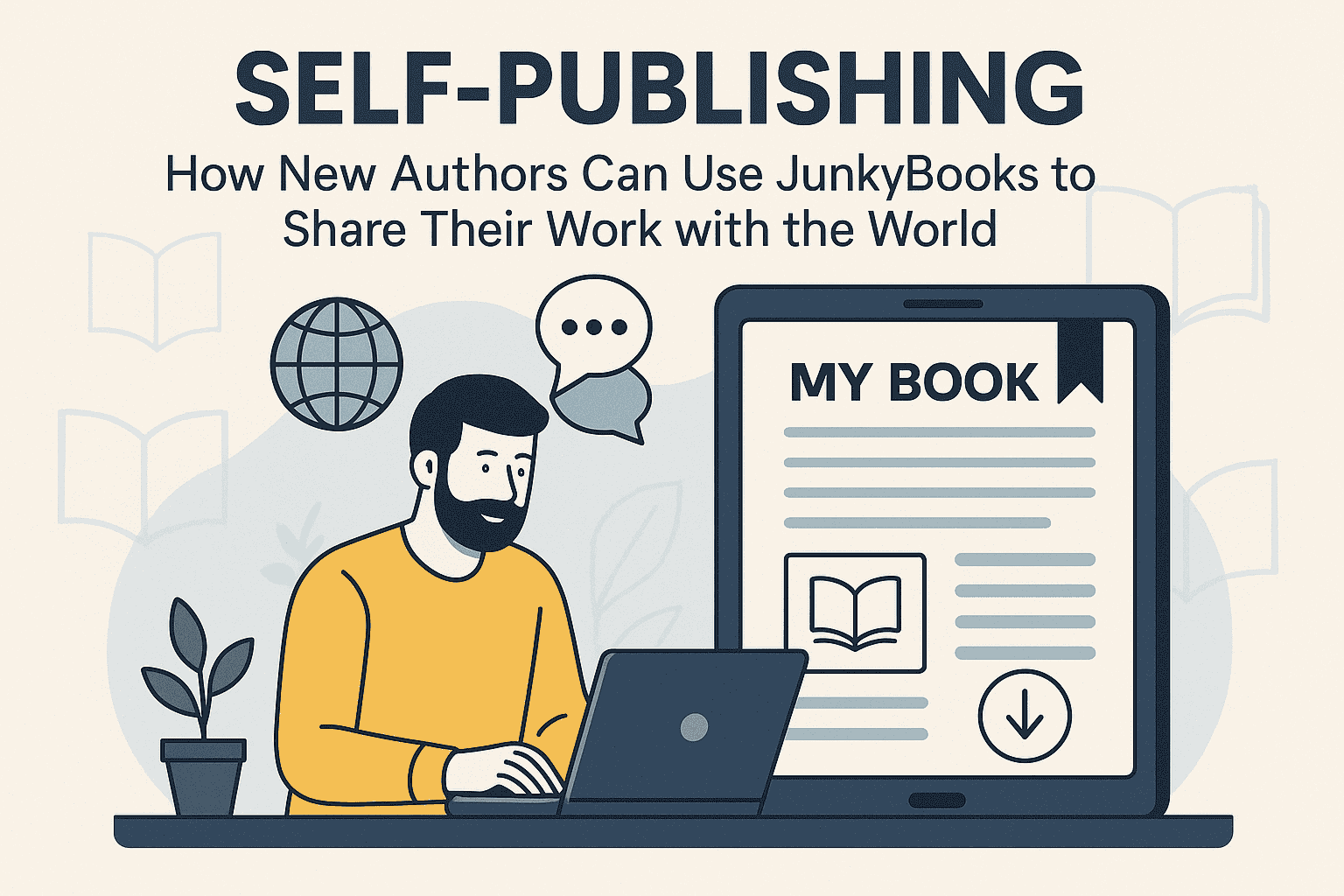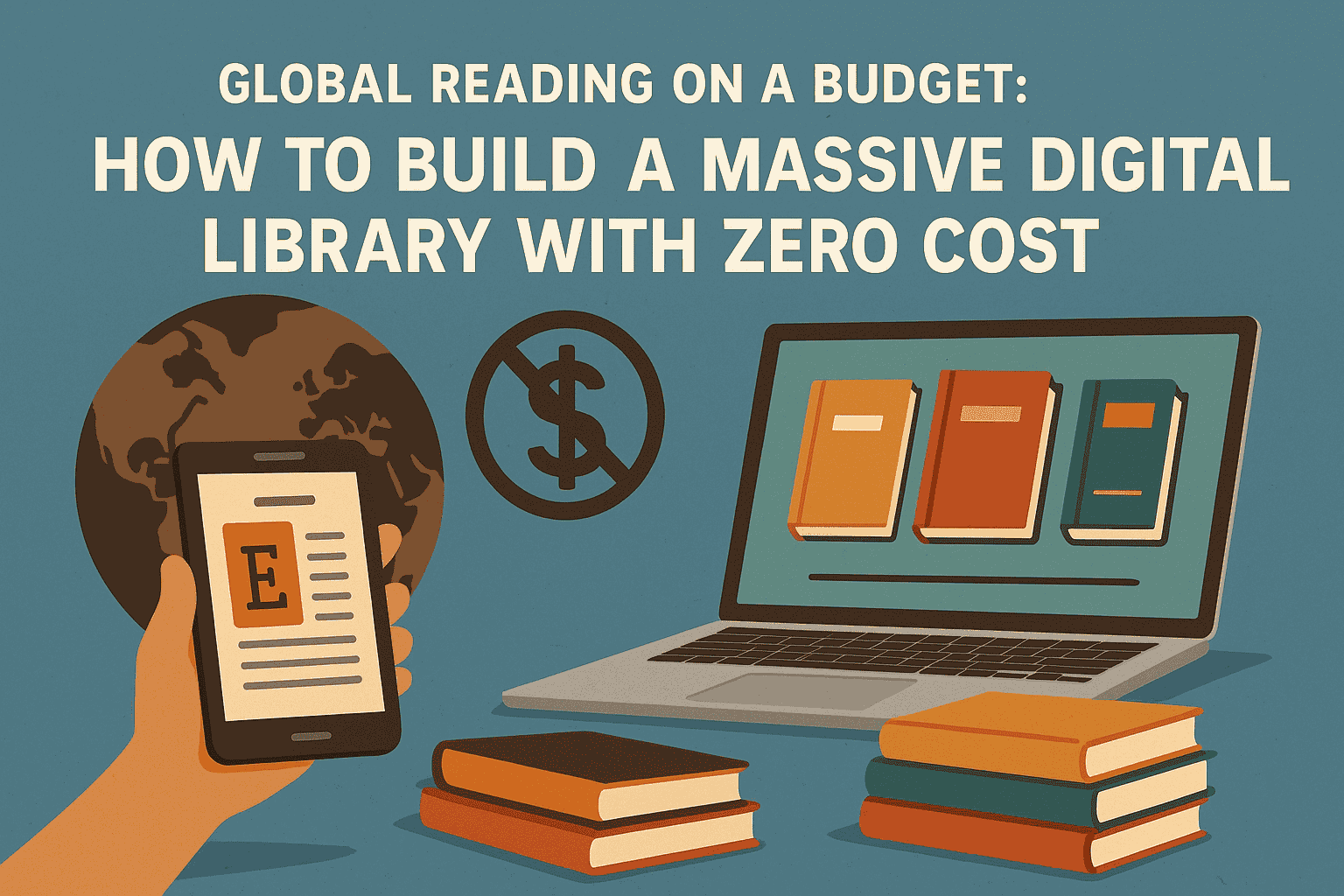Royalties Explained: How Authors Make Money from Books
Whether you’re traditionally published or an indie author, one of the first questions you’ll have after finishing a book is: How exactly will I get paid? The answer lies in royalties — the share of revenue authors earn from book sales.
Understanding royalties is essential for setting realistic income expectations, negotiating contracts, and making smart publishing choices. This guide breaks down how royalties work, the different models for traditional vs. self-publishing, and how to maximize your earnings.
1. What Are Royalties?
In publishing, royalties are the percentage of each book’s sale price that goes to the author. They are your earnings for granting a publisher (or a platform like Amazon) the right to sell your work.
Key points:
-
Royalties are usually expressed as a percentage.
-
The calculation can be based on the list price (recommended retail price) or the net receipts (the amount the publisher/platform actually receives after discounts).
-
Royalty payments are typically made on a set schedule (e.g., monthly, quarterly, or twice a year).
2. How Royalties Differ Between Traditional Publishing and Self-Publishing
The publishing route you choose has a major impact on royalty rates.
Traditional Publishing
-
You sign a contract with a publisher.
-
They handle editing, design, printing, marketing, and distribution.
-
You usually receive a royalty advance (an upfront payment against future royalties).
-
Royalty rates are lower because the publisher assumes most costs.
Typical rates for traditional publishing:
-
Hardcover: 10–15% of list price
-
Paperback: 5–8% of list price
-
Ebook: 25% of net receipts
Self-Publishing
-
You publish independently via platforms like Amazon KDP, IngramSpark, Kobo, etc.
-
You keep full control and pay for editing, design, and marketing yourself.
-
You earn higher royalty percentages, but you bear all production and marketing costs.
Typical rates for self-publishing:
-
eBooks on Amazon KDP: 35% or 70% of list price (depending on price and territory)
-
Paperbacks via Amazon KDP: 60% of list price minus printing cost
-
IngramSpark print books: Around 40–45% after retailer discounts and printing costs
3. How Royalties Are Calculated
List Price vs. Net Receipts
-
List Price Royalties: A percentage of the retail price, regardless of retailer discounts.
-
Example: 10% of $20 list price = $2 per sale.
-
-
Net Receipts Royalties: A percentage of the actual amount received by the publisher after retailer discounts.
-
Example: $20 book sold to a retailer at 50% discount = $10 net receipts → 25% royalty = $2.50 per sale.
-
Traditional publishers often use net receipts for eBooks and list price for print.
4. Advances Against Royalties
In traditional publishing, authors often receive an advance before the book is released. This is an upfront payment based on projected sales.
Example:
-
You sign for a $5,000 advance.
-
You earn $2 in royalties per book.
-
You need to sell 2,500 books to “earn out” the advance before you start receiving additional payments.
If sales don’t cover the advance, you usually don’t have to pay it back — but you won’t get more royalties until it’s earned out.
5. Self-Publishing Royalties: The Amazon KDP Example
Amazon KDP offers two main royalty options for eBooks:
-
70% Royalty – Available if your book is priced between $2.99 and $9.99 and sold in certain territories.
-
35% Royalty – For books priced outside that range or sold in other territories.
For print books, KDP offers:
-
60% of the list price minus printing cost.
-
Example: A $14.99 paperback with $3.65 printing cost earns:
($14.99 × 0.60) – $3.65 = $5.34 per copy.
6. Other Income Streams for Authors
Royalties aren’t the only way to make money from your books.
-
Foreign Rights Sales – Selling rights to publish your book in other countries/languages.
-
Audio Rights – Producing an audiobook through ACX, Findaway Voices, or a publisher.
-
Film/TV Adaptation Rights – Selling or licensing adaptation rights.
-
Merchandising – Selling products related to your book (posters, clothing, etc.).
-
Speaking Engagements – Paid talks and workshops based on your book’s subject.
7. Payment Schedules and Tracking Earnings
-
Traditional publishers typically pay twice a year.
-
Self-publishing platforms like Amazon KDP pay monthly, about 60 days after the sale.
-
Tracking: Keep your own spreadsheet to track sales, especially if you publish on multiple platforms.
8. Taxes and Royalties
Royalties are considered income and are subject to taxes.
-
Keep detailed records of your earnings and expenses.
-
In many countries, you can deduct business expenses like editing, cover design, and marketing from your taxable income.
-
If you sell internationally, you may need to submit tax forms (like the W-8BEN for non-U.S. authors selling via Amazon).
9. How to Maximize Your Royalties
-
Choose the right price point – Balance between profit and reader appeal.
-
Select profitable formats – eBooks often have higher margins than print.
-
Use multiple platforms – “Go wide” with Kobo, Apple Books, Google Play, and IngramSpark, unless exclusivity benefits you (e.g., KDP Select).
-
Increase your backlist – More books = more earning potential.
-
Promote consistently – Marketing directly impacts sales volume.
10. Common Misconceptions About Royalties
-
“I’ll get rich from one book.” – In reality, most authors earn modest amounts unless they have multiple titles and consistent marketing.
-
“The publisher will do all the marketing.” – Even traditionally published authors often need to promote their own work.
-
“Higher royalties always mean more money.” – A higher percentage of low sales can be less than a lower percentage of high sales.
11. Example Royalty Scenarios
Scenario 1 – Traditional Publishing
-
Hardcover priced at $25.
-
10% royalty on list price = $2.50 per book.
-
Sell 5,000 copies → $12,500 in royalties (before taxes).
Scenario 2 – Self-Publishing on KDP
-
eBook priced at $4.99.
-
70% royalty = $3.49 per sale.
-
Sell 5,000 copies → $17,450 in royalties.
12. The Long Game
Royalties often start small but can grow over time, especially if:
-
You build a loyal readership.
-
You release new books regularly.
-
Your backlist continues to sell years after publication.
Some authors earn the majority of their income from books they published years ago.
Conclusion
Understanding royalties is about more than just knowing how much you’ll get paid — it’s about making informed decisions that shape your publishing career. Whether you’re working with a traditional publisher or self-publishing, your royalty rate, pricing strategy, and distribution choices will directly influence your earnings.
The best way to grow your royalty income is to:
-
Publish professionally.
-
Market consistently.
-
Keep adding to your catalog.
In publishing, royalties are your reward for bringing stories and ideas into the world — and the more strategically you publish, the more rewarding that income can be.






